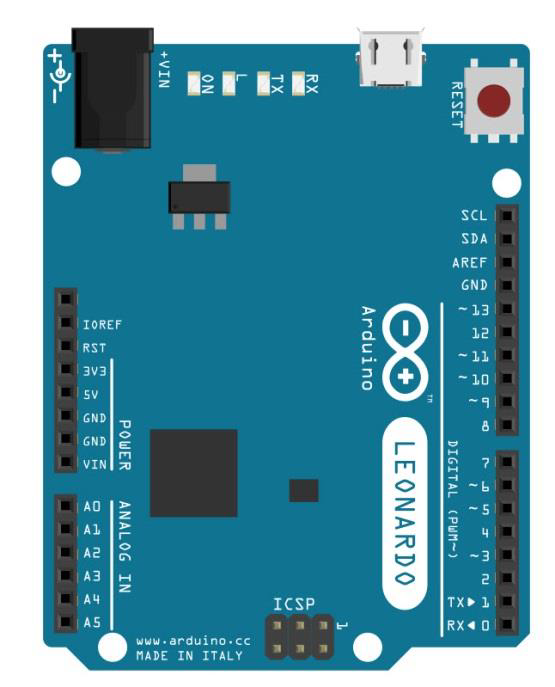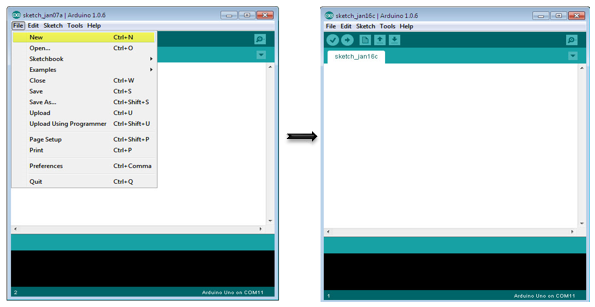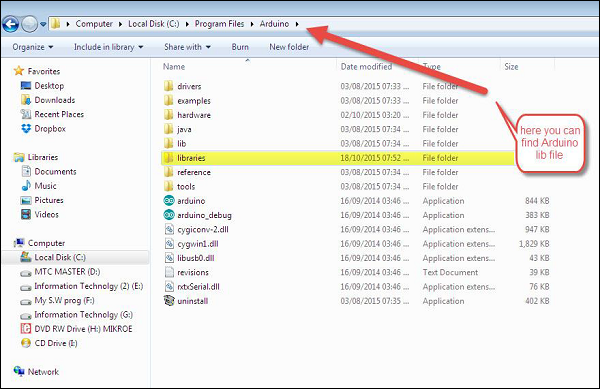This example listens for a byte coming from the serial port. When
received, the board sends a keystroke back to the computer. The sent
keystroke is one higher than what is received, so if you send an "a"
from the serial monitor, you will receive a "b" from the board connected
to the computer. A "1" will return a "2" and so on.
Warning − When you use the Keyboard.print() command, the Leonardo, Micro or Due board takes over your computer's keyboard. To ensure you do not lose control of your computer while running a sketch with this function, set up a reliable control system before you call Keyboard.print(). This sketch is designed to only send a Keyboard command after the board has received a byte over the serial port.

 Notes − You must include the keypad library in your Arduino
library file. Copy and paste the keypad library file inside the file
with the name ‘libraries’ highlighted with yellow color.
Notes − You must include the keypad library in your Arduino
library file. Copy and paste the keypad library file inside the file
with the name ‘libraries’ highlighted with yellow color.

Warning − When you use the Keyboard.print() command, the Leonardo, Micro or Due board takes over your computer's keyboard. To ensure you do not lose control of your computer while running a sketch with this function, set up a reliable control system before you call Keyboard.print(). This sketch is designed to only send a Keyboard command after the board has received a byte over the serial port.
Components Required
You will need the following components −- 1 × Arduino Leonardo, Micro, or Due board
Procedure
Just connect your board to the computer using USB cable.
Sketch
Open the Arduino IDE software on your computer. Coding in the Arduino language will control your circuit. Open a new sketch File by clicking New. Notes − You must include the keypad library in your Arduino
library file. Copy and paste the keypad library file inside the file
with the name ‘libraries’ highlighted with yellow color.
Notes − You must include the keypad library in your Arduino
library file. Copy and paste the keypad library file inside the file
with the name ‘libraries’ highlighted with yellow color.
Arduino Code
/* Keyboard test For the Arduino Leonardo, Micro or Due Reads a byte from the serial port, sends a keystroke back. The sent keystroke is one higher than what's received, e.g. if you send a, you get b, send A you get B, and so forth. The circuit: * none */ #include "Keyboard.h" void setup() { // open the serial port: Serial.begin(9600); // initialize control over the keyboard: Keyboard.begin(); } void loop() { // check for incoming serial data: if (Serial.available() > 0) { // read incoming serial data: char inChar = Serial.read(); // Type the next ASCII value from what you received: Keyboard.write(inChar + 1); } }

No comments:
Post a Comment